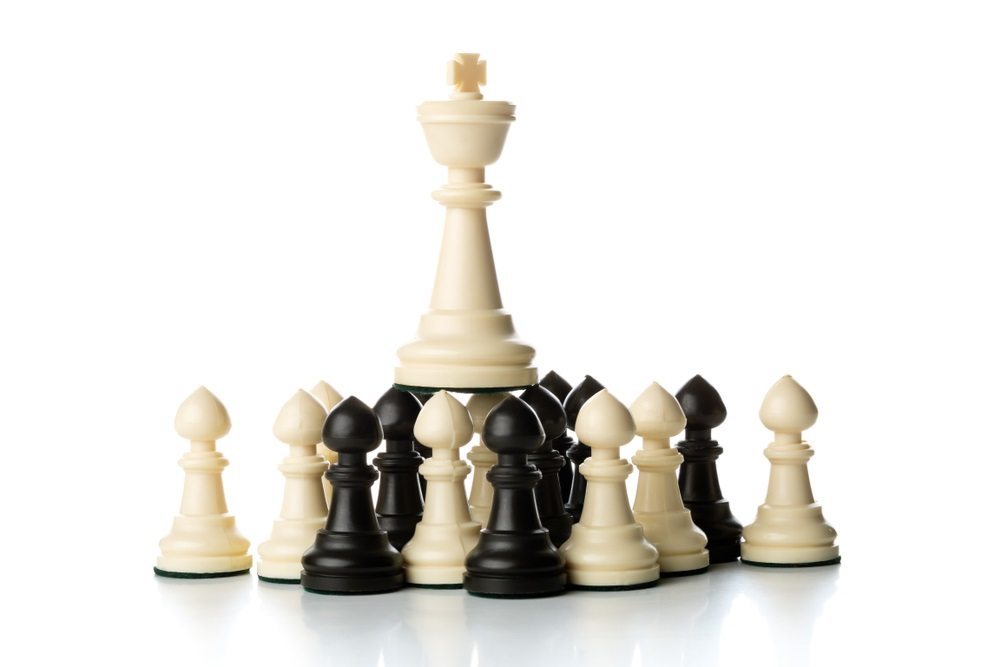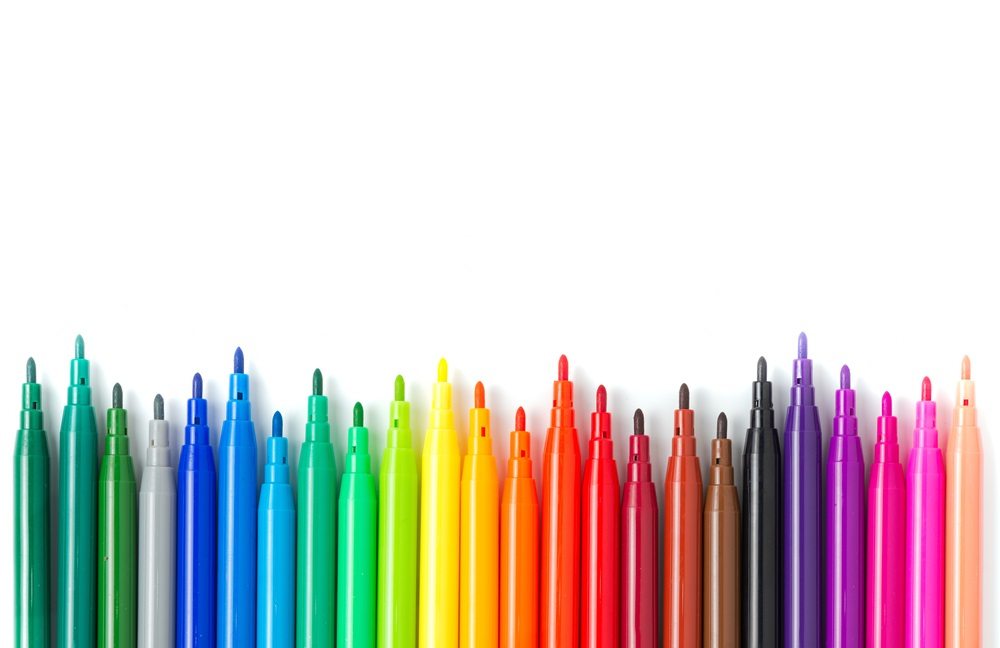A school of UX design thought posits that technology can become more useful to people if it becomes calm, that it should inform and create calm, that it should take up the smallest possible amount of attention. Gareth Kay explores how these principles might help the advertising industry’s situation.
I’m writing this the day after the Superbowl (or, as some of my friends on Boston have taken to calling it, ‘the New England Invitational’). It’s the annual coming out party for the advertising industry in America: weeks of leaks of the work followed by the post mortem on local TV shows. Recriminations and post mortems are held by agency and client teams based on any metric from ‘likability’ in the USA Today Admeter to online share of voice.
Lots of money – about $5 million for 30 seconds and all the money for production and endorsements – is spent on trying to get a bit of fame. It’s always puzzled me how loose the tie to any commercial metric exists in the process. Even more puzzling is the counter intuitive logic that to stand out and be noticed you’ll run to the same place where 40 other advertisers are running to give it their very best shot to achieve exactly the same outcome in a moment when people tend to be refilling their glasses and plates. The whole thing feels like the ‘advertising bubble’. And given the context of some events that occurred in the weeks the hype felt even more jarring this year than most.
Lees dit artikel op WARC












